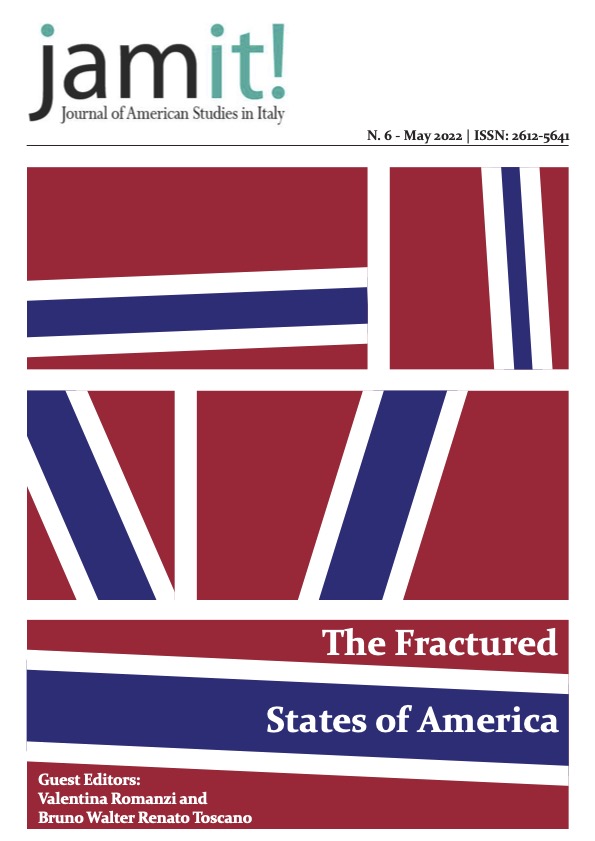DREAMers vs. Reality
Latinx immigration in books for children and young adults
DOI:
https://doi.org/10.13135/2612-5641/6077Keywords:
Children’s Literature, Young Adult Literature, Latinx, Immigration, Critical Race TheoryAbstract
Using Rudine Sims Bishop’s concept of “Mirrors and Windows” (1990) to prove that children’s and young adult (YA) literature underline how imperative it is to expose young readers to several representations of identity and life experiences, the corpus of this paper is comprised by different Latinx (im)migration stories to the United States (U.S.), such as Yuyi Morales’s picture book Dreamers, Elisa Amado’s graphic novel Manuelito, Margarita Engle’s poetry memoir Enchanted Air and Jacqueline Woodson’s YA novel Harbor Me. Having Critical Race Theory (CRT), Latino-critical (LatCrit) and Critical Multicultural Analysis as theoretical framings, the aim of this paper is to analyze the Latinx (im)migration experience portrayed in children’s and YA books of different genres, as well as to confront the expectations of Latinx (im)migrant characters with the reality they encounter in the U.S..
Downloads
Published
Issue
Section
License
Authors who publish with this journal agree to the following terms:
- Authors retain the copyright and full publishing rights for their submissions to the journal.
- Authors grant the journal right of first publication with the work simultaneously licensed under a Creative Commons Attribution-NonCommercial-NoDerivatives 4.0 International License that allows others to share unedited work for non-commercial purposes with an acknowledgement of the work's authorship and initial publication in this journal.
- Authors are able to enter into separate, additional contractual arrangements for the non-exclusive distribution of the journal's published version of the work (e.g., post it to an institutional repository or publish it in a book), with an acknowledgement of its initial publication in this journal.
- Authors are permitted and encouraged to post their work online (e.g., in institutional repositories or on their website) prior to and during the submission process, as it can lead to productive exchanges, as well as earlier and greater citation of published work (See The Effect of Open Access).





